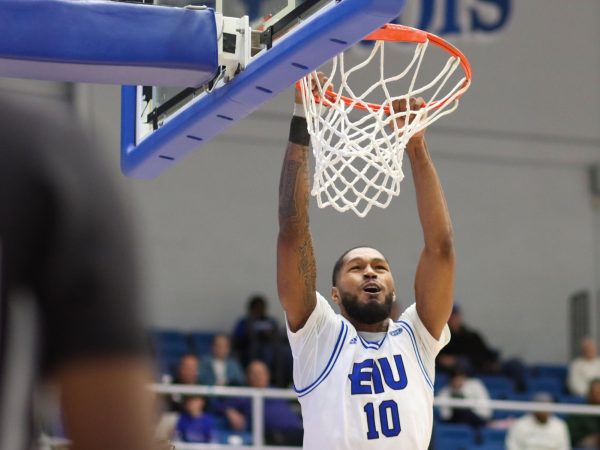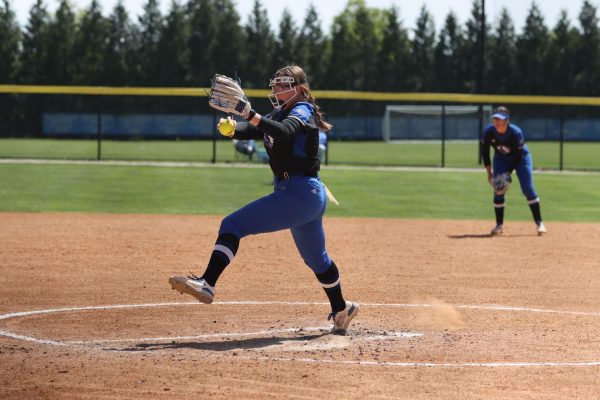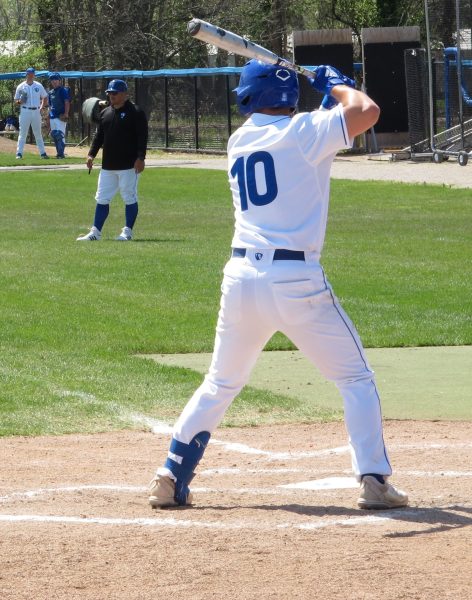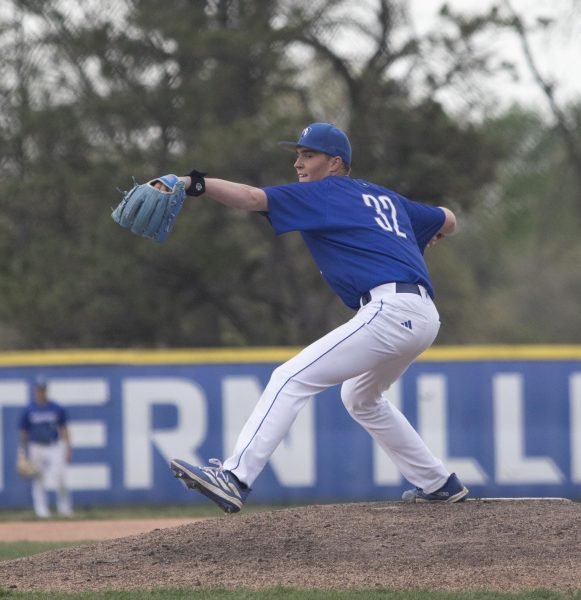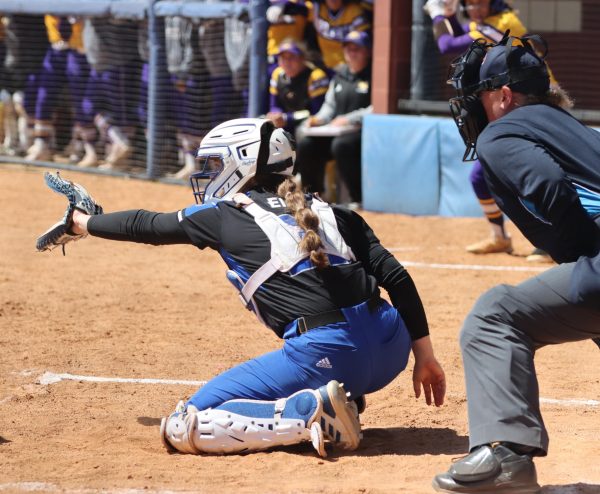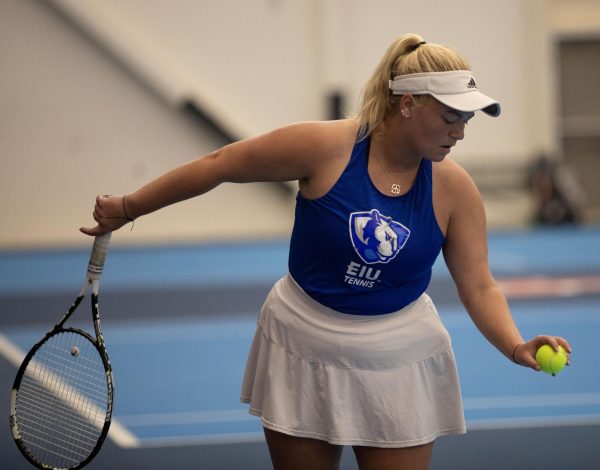Gadgets are great but Akers still trusts old-fashioned methods
Panther men’s track coach Tom Akers likes to show off the gadgets that make clocking races a more exact science.
“When it’s working, it’s fantastic,” Akers said of the $12,000 system that takes more than 150 pictures of a racer during the moment he or she crosses the finish line. If officials need to break a tie, the software can calculate a racer’s time to the hundredth of a second.
But Akers still relies on some older standbys to get him through mammoth invites like the Big Blue Classic, including volunteers who have lent hands since the 1980s. Akers needs about 30 to 35 volunteers to run a track meet that size, he said gesturing toward a trio of grad students assisting the high-jumpers.
The team itself combines the work ethic of longtime volunteers with the speed of a lightning-fast finish line camera, or at least that’s what Akers is shooting for. For now, he’s focused more on working the team hard than on placing. Training runners, distance runners especially, is a long-term commitment.
“It takes years of training, not just a six-week crash course,” Akers said.
Wind presents a problem in the early months of outdoor competition.
“It’s amazing how slight a breeze it would take for an illegal wind,” Akers said.
Wind in general can hurt more than it helps, Akers said as runners in the 400 meter started taking their places. A tail wind will push a runner along, but he or she has to battle the same wind after the turn.
The key to the 400 is relaxation and pacing, Akers said. The middle-distance race requires more speed than a long race and more endurance than a dash, so remaining calm and not pushing wins the race.
“If you run fast and stay relaxed, you make it look pretty easy,” he said.
When Akers recruits, he digs up athletes who can stack up against tough competition, fill in for injured players and consistently attack their event with enthusiasm. College level track and field, Akers said, demands players who can juggle course work with a tough training schedule and still excel in both.
“In college, if you’re not taking care of business, you’re not able to compete,” Akers said. “You have to follow the rules.”



































